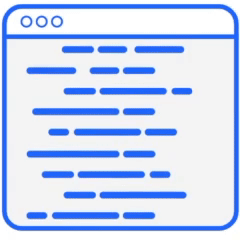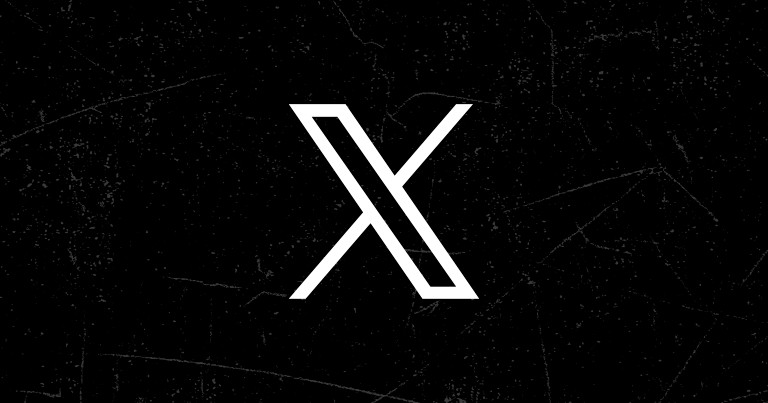
What is "Der," "Das," and "Die"?
"Der," "Das," and "Die" are the three definite articles in German, used to indicate whether a noun is masculine, neuter, or feminine, respectively. Learning these articles is crucial for mastering German grammar.
Core Functions
Der: Used for masculine nouns (e.g., der Mann - the man).
Das: Used for neuter nouns (e.g., das Kind - the child).
Die: Used for feminine nouns (e.g., die Frau - the woman).
Use Cases & Applications
1. Daily Conversations:
- Use the correct article when referring to people, objects, or places in everyday conversations. For example, saying "Ich sehe den Mann" (I see the man) correctly uses "der" because "Mann" is masculine.
2. Writing:
- Ensure grammatical correctness in written German by using the appropriate article. This includes writing emails, letters, or essays where the correct form enhances clarity and professionalism.
3. Language Learning Apps:
- Utilize language learning tools like flashcard apps that present words in context with their corresponding articles. This helps in memorizing the gender of nouns through repetition and active engagement.
4. Reading Comprehension:
- When reading German texts, recognizing the correct article helps in understanding the gender of nouns, which is essential for grasping the overall meaning of sentences and paragraphs.
5. Translation:
- When translating between English and German, accurately applying the correct article ensures the translated text sounds natural and grammatically correct.
By integrating these articles into daily usage and practice, learners can significantly improve their fluency and comprehension in German.







